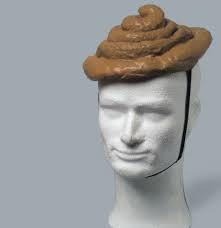HERE IS A LETTER I SENT TO A PATIENT: “You have had previous hair transplants done by Dr. XXX with 3400 grafts in the front of your head. You were very frightened about the prospect of being bald at that age of 23. Now you are 31 years old and started Propecia 4 months ago. You want to know the status of your balding situation.
Today’s we used the HAIRCHECK instrument on your head. Measurements indicated that you hair bulk in the frontal 3 inches of your scalp that exceeds the hair bulk of the donor area by 30%. Comparing the crown and the back of your head, the measurements were comparable.
This tells me two things:
- You are not presently balding
- Your hair transplant done years ago was done on a young man that probably was not balding but driven to have a hair transplant out of fear of balding. Frankly, you were taken advantage of for the money. I am ashamed that doctors in this field would take advantage of your youth and naivety.You agreed with me that in hindsight, you were driven by fear, not balding
The good news is that you should stop the Propecia and if you are ever concerned again about balding (which i believe will be unlikely for your future), please come back and let me retest you with the HAIRCHECK instrument.”
I wrote this to a patient and sent it off to be published because in the hair transplant community, this type of behavior is not unheard of, even today. Too many doctors practice this type of surgery, because for them, every patient has a ‘bucket’ of money that they can tap. Some of these doctors are predators, who think that it is easy to manipulate their patients, set them in a panic mode, so that they can push them to have a surgery, needed or not, often more than less. There is no such thing, in my opinion, as hair transplants that are done to prevent what hair loss might occur in the future by transplanting areas behind the balding pattern that needs transplants. So what doctors do far too often, is that if a person needs 1500 grafts, the doctor will recommend 3000 grafts (double the grafts and double the fee) and put these extra grafts into the normal, non-balding area. What makes it worse, these grafts into non-balding areas may kill normal hairs. Who could challenge these doctor, certainly not the patients who believe that doctors are not crooks but sort-of god like. Patients often don’t know any better, so they believe the doctor who tells them that they need 3000 grafts when in fact, only half of that is needed. Don’t get me wrong, when a patient needs 3000 or more grafts, I will do it. The overall warning here is LET THE BUYER BEWARE. Don’t trust your doctor if for any reason, you think that your doctor is not being honest with you. You can always get a second opinion and therefore protect yourself by shopping around. You will pay $$$, in the short term and valuable donor hair in the long term and unfortunately there is no going back, no recourse.

